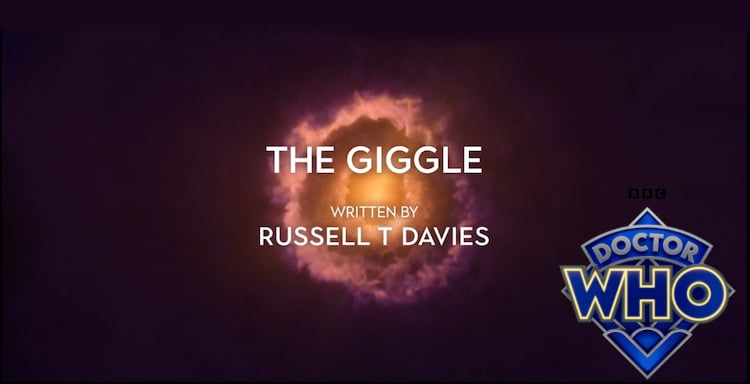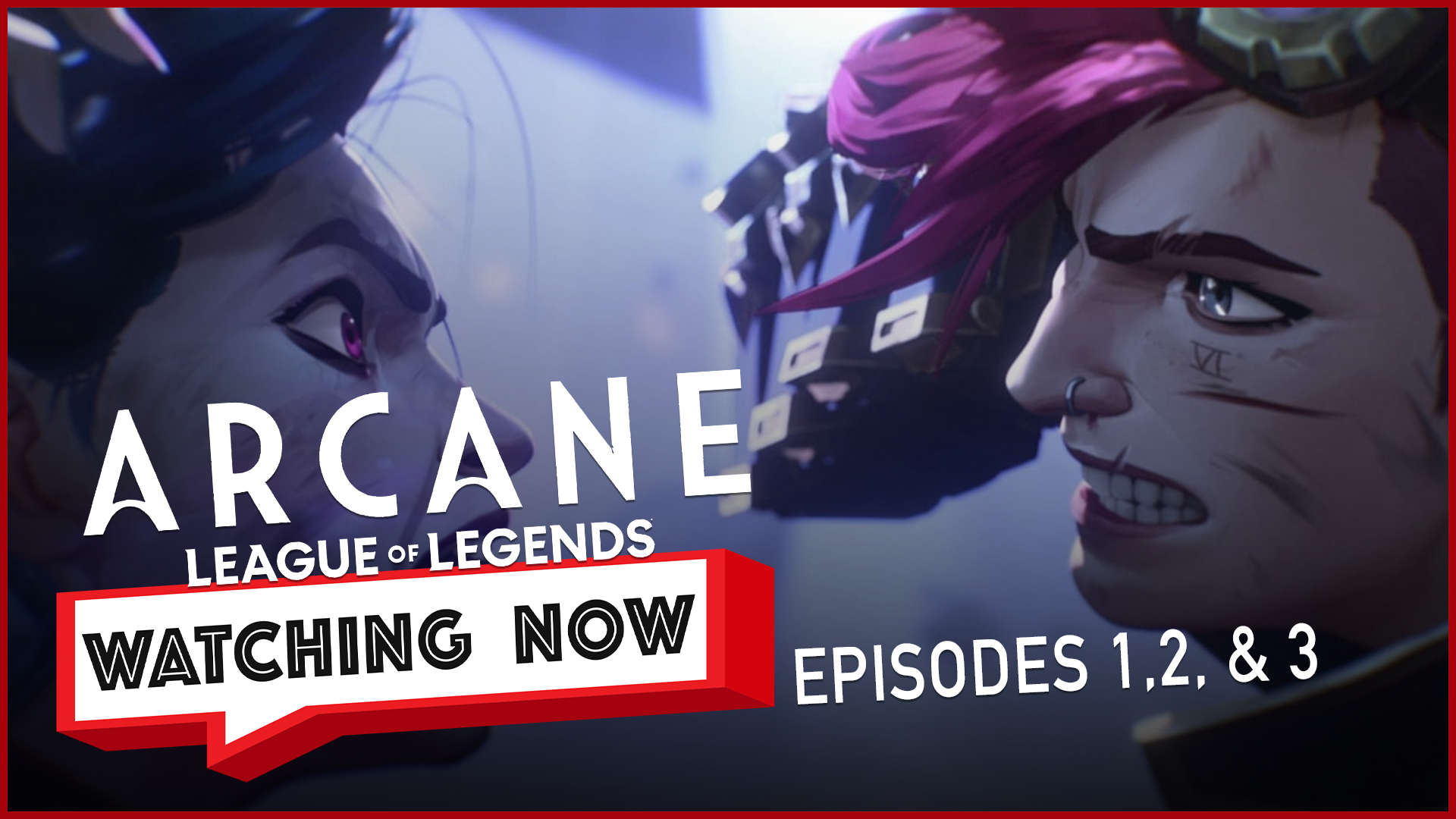
Last time, I wrote an article worried that the show might be focusing its budget on specific episodes. This time, we see that it is absolutely true in the best possible way. “The Giggle” is Doctor Who at its very best and sometimes stumbling. Stinging social commentary that stumbles in places, mixed with outlandish villain antics, all topped off with insane reveals that may in fact, have implications for years to come both in the past and the future of everything Who. We are looking at must-watch TV for any Doctor Who fan here folks, and the reasons why might just be some of the most interesting writing techniques I’ve seen in a long time.
*Spoilers ahead, watch out!*
This episode begins with the return of the 1st Doctor’s enemy, “The Toymaker”, now played by Neil Patrick Harris. From the start, we see him bring some of his amazing flexibility in acting, portraying a stereotype interspersed with terrifying revelations about his disinterest in the value of human life. The next time we see him, he’s portraying a different stereotype completely. It’s really clear from the offset he is the real deal. He’s giving 100% and loving the sadistic character. His villainous leitmotif is his own giggle; he uses it to infect the minds of others to play his games, and you can hear it infect the soundtrack of this episode, almost like he’s doing it to the viewer also. It’s brilliant!

It’s a really chilling opening, as he hands off a doll that becomes the blueprint for modern media through John Logi Baird’s experiments with the creation of television. The doll is terrifying and is actually a replica of the real doll used in these experiments. No wonder everyone’s scared of puppets if this nightmarish thing was ingrained in our viewing habits, huh? It was good to see the educational side of Who again, considering Doctor Who was created originally to teach children.

In 2023, we find that the Toymaker has utilized the doll as an infection on media screens, turning the real world into social media discourse, where everyone spills out their unfiltered thoughts and beliefs without a care in the world. Sadly, Davies doesn’t go into the wider ramifications of this, perhaps resulting in coups against dictators around the world and TV networks being forced to revive Firefly Still, we are led to believe this is a very bad thing.
This cascades into commentary on people being paranoid. A cure for a person’s brain waves being discussed as a “Conspiracy” that the public rejects and, weirdly, implies a complete lack of faith in other people. I get this is social commentary, but the writing openly seems to think that everyone would go insane when, in reality, people who think similarly would absolutely huddle up and cooperate. It tries to make a face mask or vaccine analogy but fails to understand the finer nuances of the concept, treating it like a wholly bad thing without realizing this would unite as much as divide people. Perhaps an hour-long story with multiple plots wasn’t enough time to explore this concept. Quite strange, given the meta-commentary in this episode is on point and brutally decisive.
This is my only problem with the episode. The politics seem very weak and surface level, whereas with a Science fiction show, we’re supposed to explore ideas and concepts born from political and social intrigue.

This is the first reason why I believe this story should have been a two-part episode, “The Wild Blue Yonder” did not need to exist when this episode could easily have been a trilogy, with “The Star Beast” as the opener and this episode split into two parts. (That would be quite funny actually, considering the Doctor splits into two in this episode).
The Doctor and Donna track the Toymaker back to The Early 20th Century, and they have an amazing back-and-forth argument while the Toymaker throws balls for the Doctor to catch. The sharp choreography implies that dropping the ball during their heated discussion could have dire consequences. Donna eventually catches the ball and doesn’t throw it back, which is really clever to me because it means he works on implicit consent for his games. Because Donna is a no-nonsense character, she’s his anti-thesis in a way.

The implication is that the human race’s consciousness and behavior as a whole is the contract he needs to play his games and that the Doctor is different as a renegade of his species. And Donna can stop games from continuing through sheer force of will, a great call back to the episode “Turn Left” where she similarly averted a world-ending catastrophe through her own determination. The mechanisms in place that each character works around are all perfect. Every game needs a player, and without a willing player, his existence is pointless.
I have to talk about the show’s new meme. The Toymaker comically rips apart the Doctor’s excuses for his past companions exits/deaths by yelling, “Well that’s alright then” with his puppet show whenever he argues against their deaths being tragic, laughing in the face of previous showrunner Steven Moffat, who admittedly wanted his characters to both die and not die at the same time, three times in a row. Poor Rory Williams was killed multiple times, and honestly, I wish he’d been brought up, but, as is typical of Doctor Who, companions like Mickey, Dan, Graham, Yas, Rory and Jack Harkness don’t really get mentioned all that much because they weren’t the main companions at the time. Ncuti’s Doctor even brings up Adric from Peter Davidson’s run later in the episode. Toymaker had way more material to work with but maybe he just doesn’t like Moffat.

Finally, the coup de grace of the Toymakers’ performance, a deadly Spice Girls sing-a-long. I’m not joking; he lip-syncs, dances, throws characters into walls, murders two men, and the Doctor gives emotional apologies while Toymaker just can’t stop his funky dancing. With the soldier’s faces stuck in balloons he’s turned them into; it’s completely insane and amazing. Jemma Redgrave and Bonnie Langford interact with him really well during the sequence. I almost forgot to mention Langford is here playing 6th Doctor companion Mel Bush, but she doesn’t really do anything. I think she’s just here as a cameo to celebrate the anniversary. Nice to see her though!
It’s a 10/10 scene. Immensely funny.

Last time, I talked about how Tennant and Tate carried the show splendidly. Well, with Harris here, the cast has almost reached perfection for acting off each other but we can’t really go on without talking about the man of the hour.
Ncuti Gatwa makes his appearance via a new type of regeneration, and oh boy, if the episode wasn’t good enough already, this made it iconic. They call it “Bi-regeneration”, where Gatwa is literally pulled out of Tennant, leaving both Doctors alive. It’s confusing and really quite odd Davies would choose to do this right after mocking a previous showrunner for nonsensically allowing his characters to survive.
This also allows a viewer the chance to discount the timeless child reveal from season 11. With the Toymaker noting that he “made a jigsaw of the Doctor’s history”. Tennant’s Doctor would remain that Timeless child in essence, with Gatwas’ Doctor being 100% Time Lord in biology, which returns him to the status quo we were used to before that jarring plot point existed. It’s an ingenious writing ploy by the team that allows you to decide what you want the show’s lore to be.

His name is pronounced “Shoo-ti Gat-wa” for all us confused native English speakers out there, and he brings a very strong manic energy to the character. Incredibly grounded and confident. He sounds like a big brother you’d trust to take care of bullies. During the three-way, life-or-death catch game, he almost takes out David Tennant’s Doctor on accident, getting completely immersed and perhaps showing that he may have some hidden depths, perhaps some scheming tendencies? He takes control of everything as the Doctor for the rest of the episode, immediately sidelining Tennant’s incarnation believably and effectively. This is the Doctor now.
While Tennants’ new Tardis design was white like a blank canvas, Gatwas’ sports a new Jukebox with added yellow mood lighting. He gives off very chill and mellow vibes, like he always has the answer to emotions as well as technology. He seems very emotionally stable, the opposite of Tennant, Which is a welcome change. I would liken him to Christopher Eccleston‘s Doctor most of all, but time will tell with the Christmas special what kind of Doctor he truly is.

Tennant’s Doctor got to settle down again, becoming part of Donna’s family. It’s hilarious how there are now so many versions of the 10th Doctor running around time and space, not to mention the possibility that one day he returns to this particular face again, after all the 50th shows that at some point Tom Baker will be re-used. It does, however, open up a possibility of Donna, her daughter Rose, and Tennants’ Doctor doing audio adventures, which would be pretty good in my opinion. The possibilities are endless.
*Spoilers end here”
This was an episode worthy of the 60th-anniversary title. While the 50th brought in Multiple Doctors and resolved a massive long-running plotline, this episode resolved a plotline almost 60 years in the making. Bringing back a villain from the past with very modern sensibilities, who is one of the best villains the show ever had. I came out of this episode praying that Neil Patrick Harris would be returning in the future. I also came out feeling like the show was in safe hands with Gatwas’ limited performance in the episode. His charm and demeanor make me feel the same as I did with Christopher Eccleston’s debut, hopeful and exhilarated. I know the show still has some issues to work through, but I’m confident it can resolve them in an inventive and respectful way to the source material.
One of the best episodes ever made of Doctor Who, if there’s nothing else I can say, it’s that.




